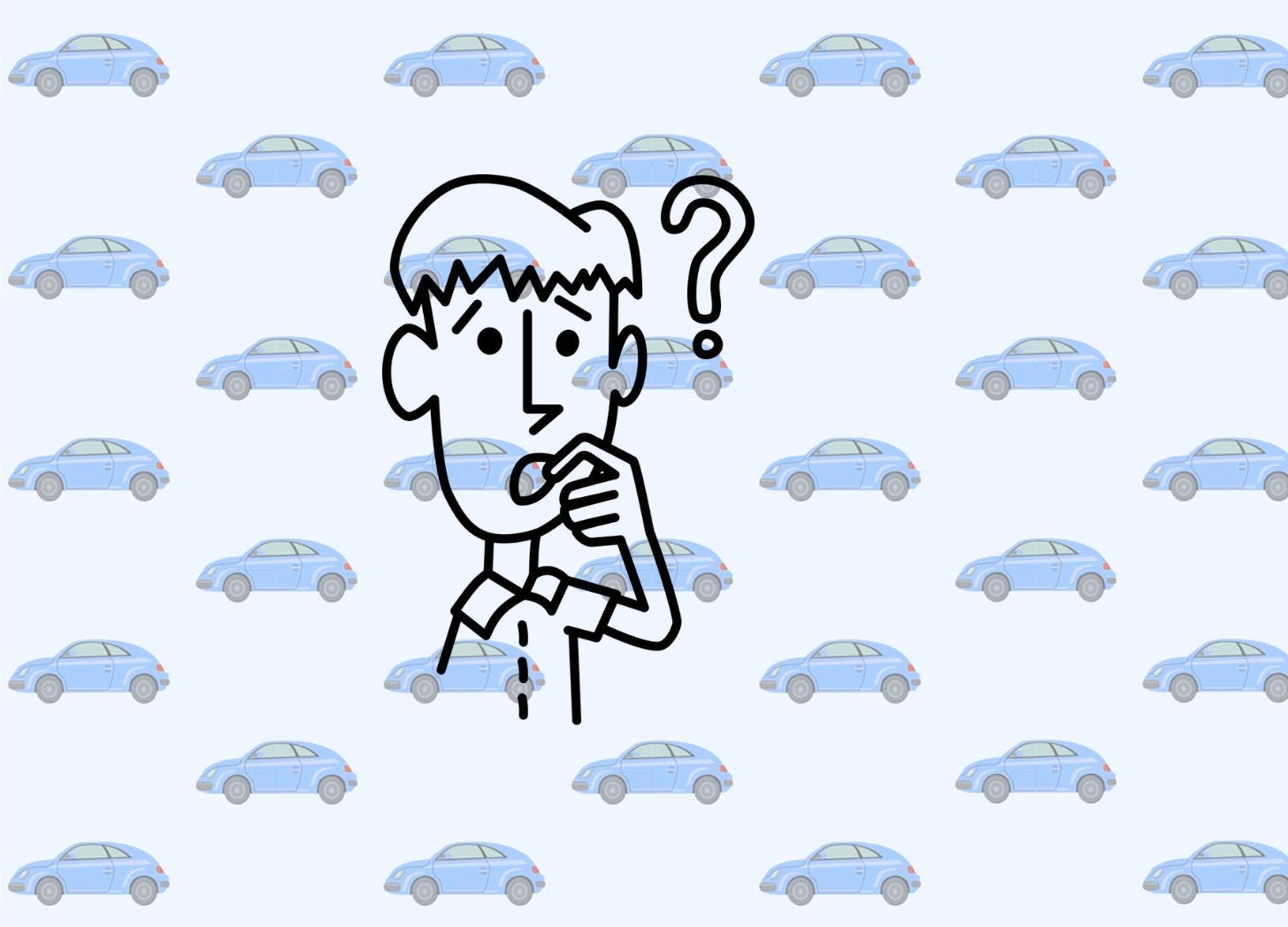Students are failing Transportation 101, but it's not all their fault
Colleges have a hidden curriculum of car dependency
Universities play a major role in the habits of soon-to-be graduates.
The real and perceived need for personal cars on campus introduces traffic congestion, traffic crashes, parking demand, and fiscal burdens to expand car-oriented infrastructure. Students take their higher education experiences with them into the world after graduation, making the college years an excellent time to establish good travel habits. How great would it be if kids graduated without the assumption that they must be completely dependent on a personal automobile?
Personal car ownership has the allure of freedom: the ability to drive anywhere at a moment’s notice. The reality of campus life is that most trips are less than a few miles. Kids don’t need their own car to make short trips like that. But since most parents think driving a mile or two is completely normal, let’s sidestep that and consider the safety of children going off to school.
Car crashes are the number one cause of accidental death among college students. The combination of high foot traffic and high vehicle traffic make crashes all too likely. Alcohol, cell phones, inexperienced drivers, and diverse driving experiences are recipes for disaster on campus. The decision-making part of our brains isn’t fully developed until around 25 years old, so pushing young people into the driver’s seat of high-powered automobiles is a recipe for disaster.
It’s not just the students that suffer from car proliferation—colleges themselves get more than they bargain for. They plan and design campuses for car traffic, and shocker, their campus gets more car traffic. Colleges deal with congestion from four primary sources:
People who live nearby,
Faculty and staff as they travel to and from work,
Student commuters, and
Internal campus trips made by students.
The first takes longer to solve, but the other three are all directly addressable right now.
Road widening projects and parking garage expansions signal to students that personal vehicles are encouraged. The more car lanes are added to a road, the more people choose to drive those routes. The more parking garages are added, the more students choose to drive. It’s completely normal for universities to complain about traffic and parking, only to induce more traffic and parking hassles.
Speaking of parking… those garages are enormous expenses that are rarely questioned, which is funny because they often stand in defiance of a college’s stated goals of environmental and financial stewardship.
A typical campus garage holds about 400 cars and costs $30,000 per parking space. That works out to a $12 million price tag. Administrations think these garages are an absolute necessity, but a mindset shift could save them a fortune.
Car dependency enforces a kind of psychological captivity where the car is seen as essential for daily survival. Just as captives begin to see their captors as protectors rather than oppressors, people in car-centric environments often view their vehicles as indispensable allies. The car, much like a captor, dictates the terms of daily life, influencing where people live, how they work, and even how they socialize.
The infrastructure that supports car use for life after graduation—bloated arterials, acres of parking, and sprawling suburban shopping centers—reinforces car dependency, leaving little room for alternatives. The captive becomes conditioned to see their situation not just as normal, but as necessary for their well-being.
Do we parents really want our kids forced into car dependency? Maybe it’s worth spending some time thinking about the absurd extremes our modern culture goes to defend and even fight on behalf of something that does us so much harm. Students do have options:
Researchers continue to publish empirical evidence that cycling has profound positive impacts on communities. Riding a bike as transportation for short trips improves mental and physical health, protects people from car crashes, and saves money.
Electric scooters have quickly grown in popularity across the country as a low-cost option for short trips. On a college campus, scooters are a great choice for trips that are longer than a comfortable walk, but still under a few miles.
Carpooling has been around almost as long as personal vehicles. Several people ride in a single vehicle, rather than each driving personal cars. Colleges often run their own ride share as a form of micro-transit to supplement campus bus service.
Bus service exists on tons of campuses. And given the relatively compact nature of most colleges, the bus is an extension of walking. It’s an express sidewalk.
Universities play a major role in the transportation habits of their students. The college years are a great time to experiment with a car-lite lifestyle.



The University of Toronto recently opened a 237 space garage under Kings College Circle, the biggest open green space on campus. They greenwashed it by putting in a massive ground source heat pump system and claim " It’s a project that has transformed the St. George campus core into a greener, more sustainable, accessible, and pedestrian friendly space and our new underground parking lot is an integral part of that transformation. " Nobody ever talks about the upfront carbon emissions from the concrete required to build a garage, let alone the problem of 237 more cars- there is just a complete disconnect here.
It's criminal how many people graduate from Civil Engineering programs in 2025 and get jobs planning transportation projects in cities... yet they have maybe only taken 1 or 2 transportation courses -- probably highway engineering, haven't ridden a bike since they were a child, haven't ever read a single NACTO publication, never ride the bus, and have never traveled outside of the U.S. to see how global cities manage multi-modal transportation. Totally crazy.